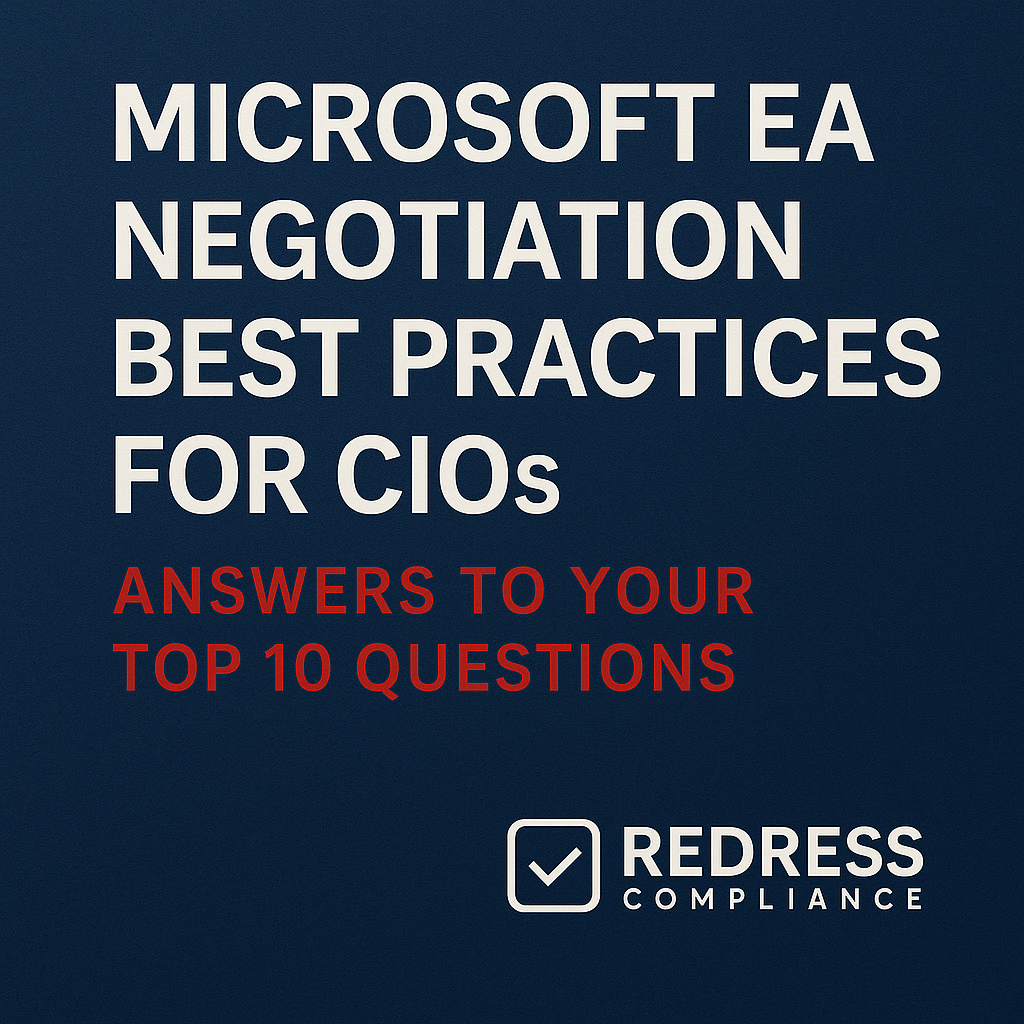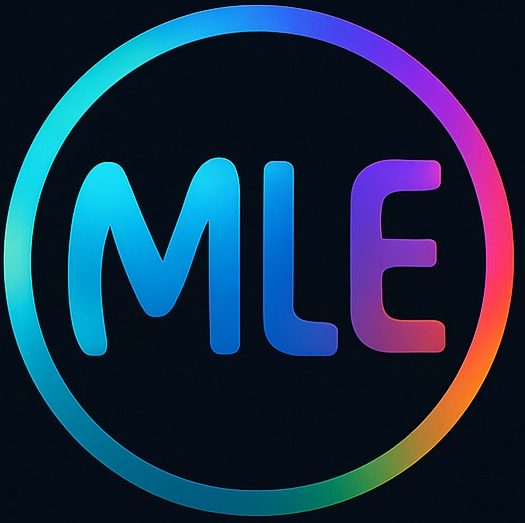Microsoft EA Negotiation FAQ: Answers to Your Top 10 Questions

Introduction – Why a Microsoft EA Negotiation FAQ Matters
Microsoft’s Enterprise Agreement (EA) is a sprawling, multi-year licensing contract that can be as complex as it is costly.
Negotiating an EA isn’t straightforward — there are numerous products, metrics, and terms to consider. The stakes are high: a misstep could lock your organization into millions in extra spend.
Microsoft’s sales approach can put customers on the back foot. The vendor often pushes all-or-nothing bundles, long 3-year commitments, and “act now” deadlines tied to quotas.
They may offer soft concessions (credits, free services) to avoid giving deeper price discounts. Being aware of these tactics helps you counter them and keep the leverage on your side. Read our Microsoft Enterprise Agreement Negotiation Guide.
At the same time, the IT landscape is evolving fast. Microsoft is introducing new offerings (like AI-powered Copilot services) and shifting licensing models (such as Cloud Solution Provider subscriptions).
CIOs and procurement leaders must stay agile, ensuring they secure flexibility for new product adoption and safeguard against any surprises during their EA term.
That’s why this FAQ exists. Below, we answer the top 10 Microsoft EA negotiation questions we hear from IT decision-makers.
Each answer is concise and focused on giving you tactical guidance so you can negotiate your next Enterprise Agreement with confidence and a clear strategy.
How much can I realistically negotiate off Microsoft’s EA pricing?
Discounts often range 15–30% off list price for large enterprises. The exact figure depends on your deal’s size, scope, and bundling. In general, bigger licensing commitments usually mean bigger discounts from Microsoft.
Can I exclude certain users or departments from an EA?
Not for enterprise-wide products like Office or Windows. However, you can avoid over-licensing by not designating certain products as “enterprise” and instead buying them as add-ons for select users.
What happens if I need fewer licenses mid-term?
Generally, an EA won’t allow reducing licenses mid-term — only adding via true-ups. Negotiate a “true-down” option up front or use CSP for fluctuating users. Otherwise, you’ll keep paying for unused licenses until renewal.
Is it better to do a 3-year EA or a shorter term?
An EA is a standard 3-year commitment. Microsoft rarely grants shorter terms (only in unique cases at renewal). If flexibility is a priority, consider CSP or other licensing alternatives instead of trying to force a custom short-term EA.
Can I include cloud services like Azure and Dynamics 365 in the same EA?
Yes. Including Azure spending commitments or Dynamics 365 licenses under the same EA can boost your deal size (and your leverage for discounts). Just ensure each component is negotiated on its own merits for the best rates.
What if I’m mid-EA and Microsoft introduces a new product (like Copilot)?
You’ll have to amend the EA and pay current list prices for new products introduced mid-term. To avoid surprises, negotiate at your next EA renewal for a clause (or pilot program) covering any new releases during the term.
How do I handle an EA if my company is acquired or split?
Negotiate divestiture or transfer clauses at the start of the EA. Without those, a merger or corporate split can lead to duplicate licensing costs or compliance issues. Ensure any license transfer rights are explicitly spelled out in the contract.
Read to avoid mistakes: Common Microsoft EA Negotiation Mistakes (and How to Avoid Them).
What concessions can I ask for besides price?
Besides price cuts, ask for “soft” concessions: extended payment terms, deployment funding/credits, training vouchers, pilot programs, or extra support. Microsoft often prefers to give these perks instead of deeper discounts on the license prices.
Should I use a Microsoft licensing reseller or consultant to help negotiate?
LSPs (Microsoft resellers) help facilitate licensing, but they ultimately align with Microsoft’s interests. An independent licensing consultant works for you — providing unbiased benchmarks and negotiation strategy. Consider bringing one in if your internal team lacks deep Microsoft licensing expertise.
Read Microsoft EA Discounts – How to Negotiate the Best Deal in 2025.
What if I don’t sign the EA by Microsoft’s deadline?
Microsoft’s internal sales quotas drive deadlines. They can often be extended, and sometimes waiting past a “deadline” yields better incentives.
However, be cautious, as letting your EA expire without a renewal or backup plan can create compliance risks.
Key Takeaways for Microsoft EA Negotiation:
Keep these strategies in mind as you prepare for your Enterprise Agreement discussions:
- Benchmark and push on price: Enter your EA negotiation with market benchmarks (15–30% typical discount for large enterprises) so you know what to target. Always push back on Microsoft’s initial pricing to achieve a competitive deal.
- Scope licenses wisely: Only designate products as enterprise-wide if truly needed for all users. Avoid over-licensing by using alternatives (like CSP subscriptions) for seasonal or specific user groups, and plan true-down flexibility where possible.
- Leverage more than price: If Microsoft resists on deeper discounts, ask for other perks. Extended payment terms, training, deployment funds, and extra support can all add significant value to your EA, even when license discounts are limited.
- Change plan: Negotiate contract clauses for business changes (mergers, divestitures) and keep an eye on new product announcements. Ensure you can add new tech (via pilots or amendments) without breaking your budget or compliance.
- Use expert help strategically: Microsoft’s LSP resellers can assist with licensing logistics, but remember they work for Microsoft. For an unbiased strategy and better leverage, consider hiring an independent licensing advisor to guide your negotiation.
- Remember, you have options: A Microsoft EA is not the only way to license. If its terms don’t suit your needs, consider shifting part or all of your spend to other models (like CSP or Microsoft’s cloud agreements) for more flexibility.
- Control the timeline: Don’t rush into a subpar deal just to meet Microsoft’s timeline. End-of-quarter deadlines are sales tactics — often negotiable. However, always have a contingency plan in place if an EA lapses, to avoid compliance issues.
Read about our Microsoft Negotiation Services
